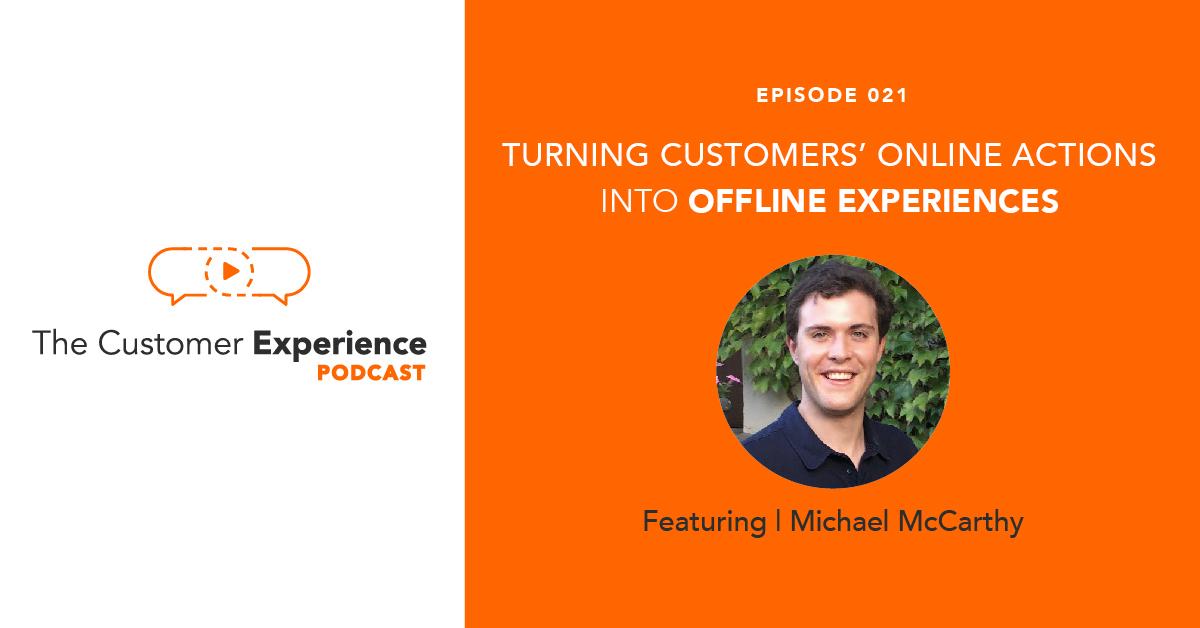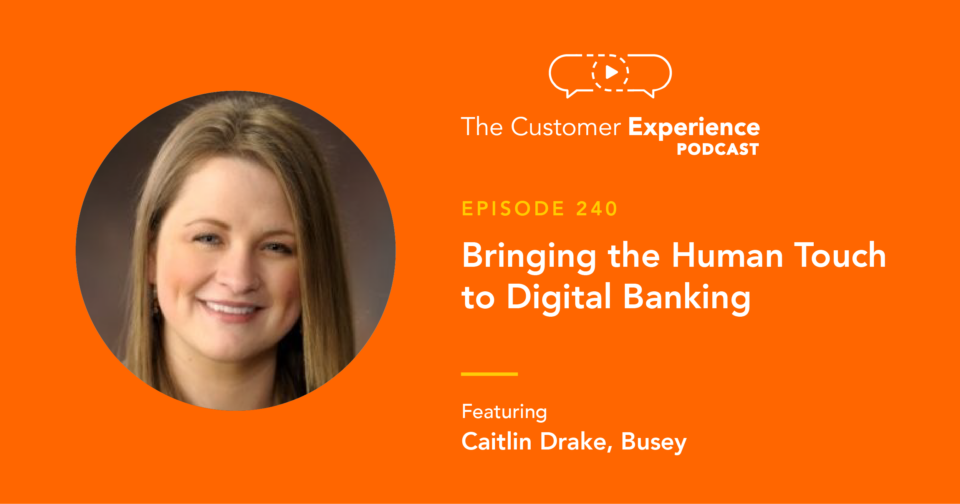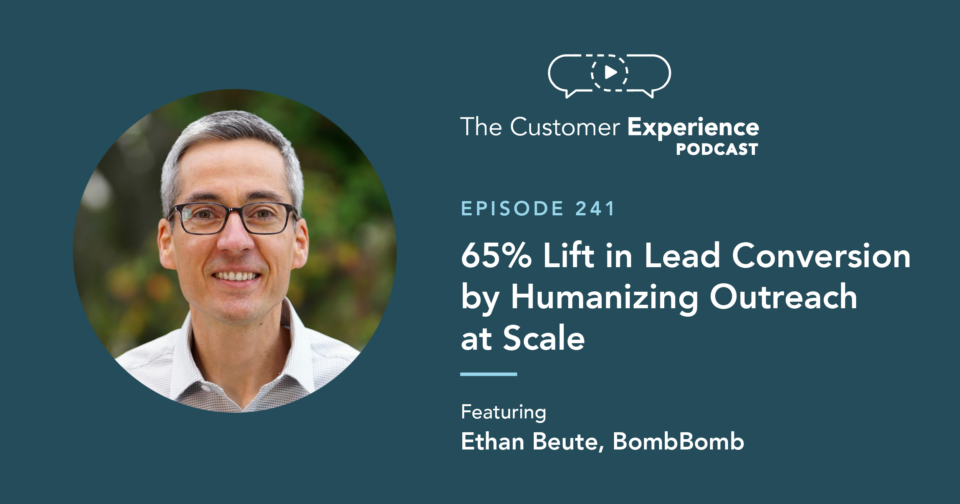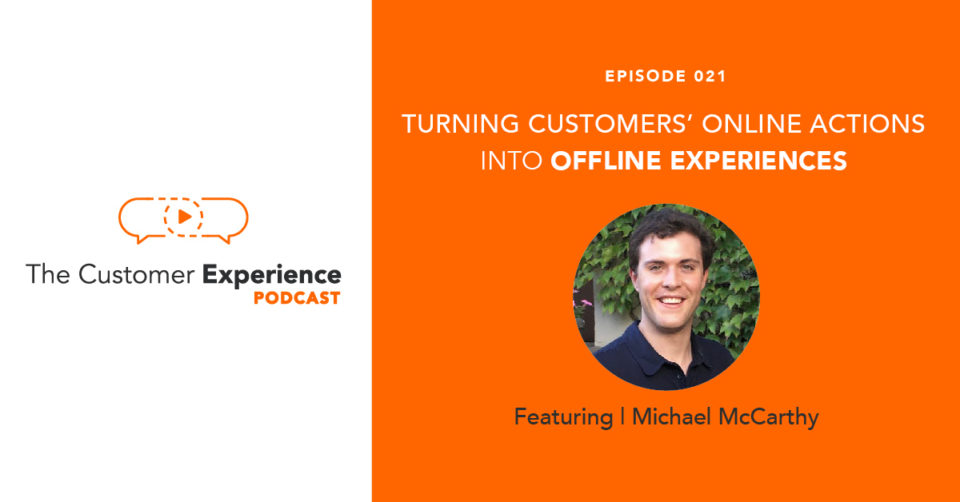
Direct mail used to be a “spray-and-pray” activity – shoot out as many as possible in a non-targeted way and hope for the best.
On top of that, printers might take weeks or months to send offline collateral.
And consumers received mountains of it.
So, like email, direct mail’s been declared “dead.” And, like email, it’s as useful as ever.
With the oversaturation of digital touchpoints and falloff in physical touchpoints today, direct mail has come back with a vengeance — which is why Michael McCarthy founded Inkit.
His team’s upgrading the direct mail game by allowing you to integrate your CRM with direct mail and thereby allowing you to turn customers’ online actions into offline experiences. So you can send specific and personalized messages at specific times based on real behavior.
I interviewed Michael to learn about:
- the best use cases he’s seeing in direct mail campaigns today
- the history of the direct mail practice
- the benefits of layering in an additional (and physical) communication channel
- much more!
Give it a listen.
Turning Your Customers’ Online Actions into Offline Experiences
To hear this podcast episode and many more great conversations like it, subscribe to The Customer Experience Podcast in Apple Podcasts clicking right here.
If you listen to podcasts elsewhere, we’ve got you covered! Listen to any or every episode in Spotify, Google Podcasts, or Stitcher.
Listen to the interview with Michael McCarthy of Inkit right here …
Direct Mail Is Hotter Than Ever
In the early 2000s when the dot com boom was happening, AOL was one of the internet providers. They had one of the most successful customer acquisition campaigns of all time by sending CDs in the mail. Fun fact: more than 2 million still pay for AOL dial-up today.
As the mainstream, consumer internet started to come alive, though, direct mail became disrespected as a marketing medium. People shifted away from direct mail to cheaper alternatives. “Cheaper,” of course, does not necessarily mean they were moving to alternatives that provided the best customer experience.
Now, everything is falling back in line. There’s an oversaturation of digital over the last decade and direct mail is hotter than ever.
As with most things, the history of direct mail marketing is a true circle, and we’re back where we began.
Direct Mail as a Way to Build Trust
Good marketers recognize that every end consumer reacts differently to different channels — and they optimize accordingly. People have different preferences and habits.
Your customer may prefer SMS – and only at 7 a.m. when they wake up. Or they may prefer calls. The way you optimize for the guest is in the way they want to receive your brand (learn why that matters so much in this episode of the podcast).
So being able to layer in another channel, like direct mail, is often a win.
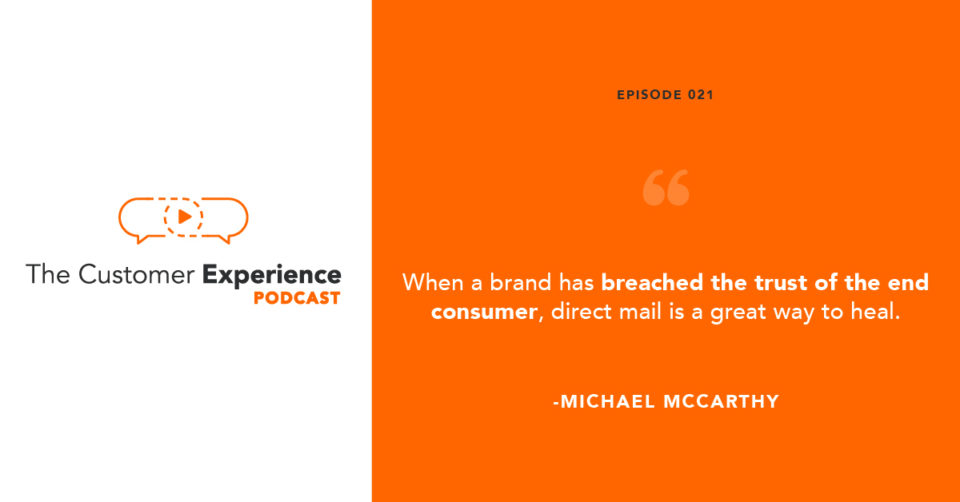
Many the companies using Inkit have some share of their customers who’ve opted out – who’ve explicitly told them they don’t want to receive any more emails, text messages, or other digital touches. Direct mail with those customers has had a very different result.
“When a brand has breached the trust of the end consumer,” Michael said, “direct mail is a great way to heal.”
Not only can direct mail help you re-establish trust with the consumer: you also help keep your brand top of mind.
3 Best Practices for Direct Mail in 2019
There are three key use cases that show the clear benefit of layering direct mail into your current touchpoints.
1) Welcome sequence
Inkit is in the process of rolling out a case study with a very well-known B2B brand (one that many of us use here at BombBomb). This brand has added a postcard touchpoint as part of their welcome sequence for new customers.
They’re seeing a double-digit lift in people who are activating and adopting the software, which will almost certainly be a benefit when it comes to retention, as well.
Here’s a sample of the creative …

2) Re-engagement
For many brands, such as those in food, eCommerce, or healthcare, customers may use their services once and not come back.
When day 30-45 rolls around and customers still haven’t engaged through email or SMS, direct mail is a great touchpoint to layer on to get the customer to come back a second time.
3) Churn prevention
Inkit works with numerous eCommerce companies that have built proprietary algorithms that score the chances of a customer churning.
When the churn level hits a certain threshold, direct mail is a great way to build trust and loyalty. The end consumer feels that the brand really cares about them.
Postcards for the first use case are often warm-and-fuzzy, with no promo code. Still, these are easy to track. You send this many postcards to Group A and hold out on Group B. What is the total lift in Group A versus Group B? You don’t need a promo code for attribution.
Unlike for welcome sequences, re-engagement and churn prevention pieces do typically include a promo code. But even then, the correct way to measure attribution in direct mail is not by measuring the promo code.
In fact, if you do, you’ll have an underreporting. Frequently, people receive the postcard and end up buying but do not use the promo code. So as you measure attribution, measure total lift instead of relying exclusively on promo codes.
Direct Mail Is Back
Direct mail is hot again, especially with the ability to create offline or analog experiences for our customers based on their online or digital behavior.
“Our easiest opportunity for optimizing for future success is our existing customers purchasing more from us more often,” Michael correctly observes. Direct mail, as we’ve seen, is a great way to make that happen because it can be triggered and targeted by online actions and because it’s a much different touch than many you’re making right now.
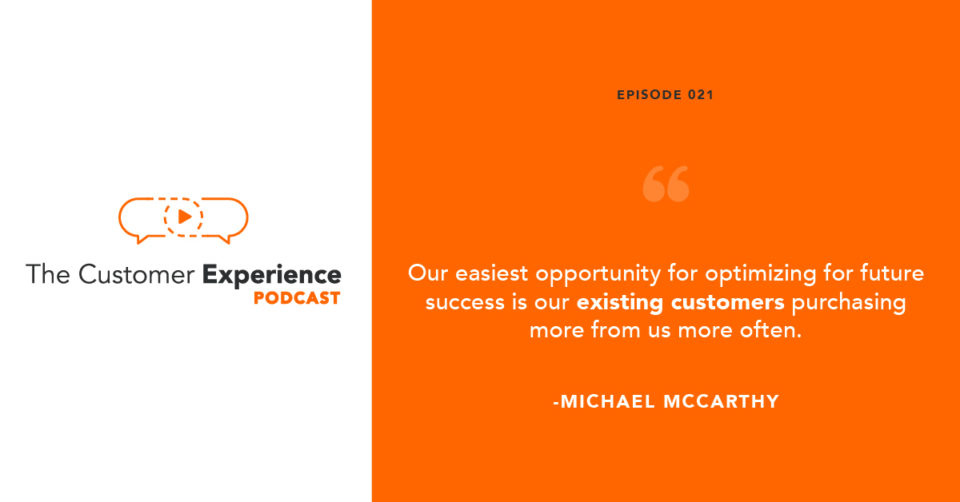
If you’d like to learn more about this online/offline opportunity, check out these stories:
This post is based on an interview with Michael McCarthy, Founder and CEO of Inkit.
Take the podcast with you wherever you go! Subscribe to The Customer Experience Podcast by clicking right here.
While you’re there, please add a rating or review to help other people find and enjoy the podcast.
Not an Apple Podcasts person? No problem at all! Listen out The Customer Experience Podcast on Spotify, Google Podcasts, or Stitcher.
Get More from The Customer Experience Podcast
Listen Now:
- “Customer Experience Starts Before There’s a Customer” with Rachel Ostrander (Director of Runner Experience, Brooks Running)
- “Is Your Company Built to Last or Built to Suck?” with Joseph Jaffe (author, Built To Suck)
- “You Have 100 Days to Create or Lose a Lifelong Customer” with Joey Coleman (author, Never Lose a Customer Again)
- See them all by clicking here
Coming Soon:
- Chief Education Evangelist Jaime Casap (Google)
- Company founder Paula Hayes (Hue Noir)
- Product marketing expert Brian Gilman (Vonage)
Questions? Comments? Potential guest? Please email me: Ethan at BombBomb dot com
Improve Your Digital Experience with Personal Videos
The reason direct mail is hot again is that it was misused and overused. Now, with better targeting and less competition in the mailbox, it helps you stand out again.
The reasons some of your digital touches are less effective than the used to be … misuse and overuse. Now, you can make them personal, human, and effective again with webcam and smartphone videos.
It’s easy when you know how to do it – and we wrote the definitive guide.
Amazon’s #1 bestseller in Business Sales, Business Communication, and Customer Relations is available right now for individual or bulk orders. Also named 800-CEO-Read’s #1 bestseller in its first month of release and was a Barnes & Noble bestseller in its first week of release, this book will help you and your team communicate, connect, and convert more effectively.

